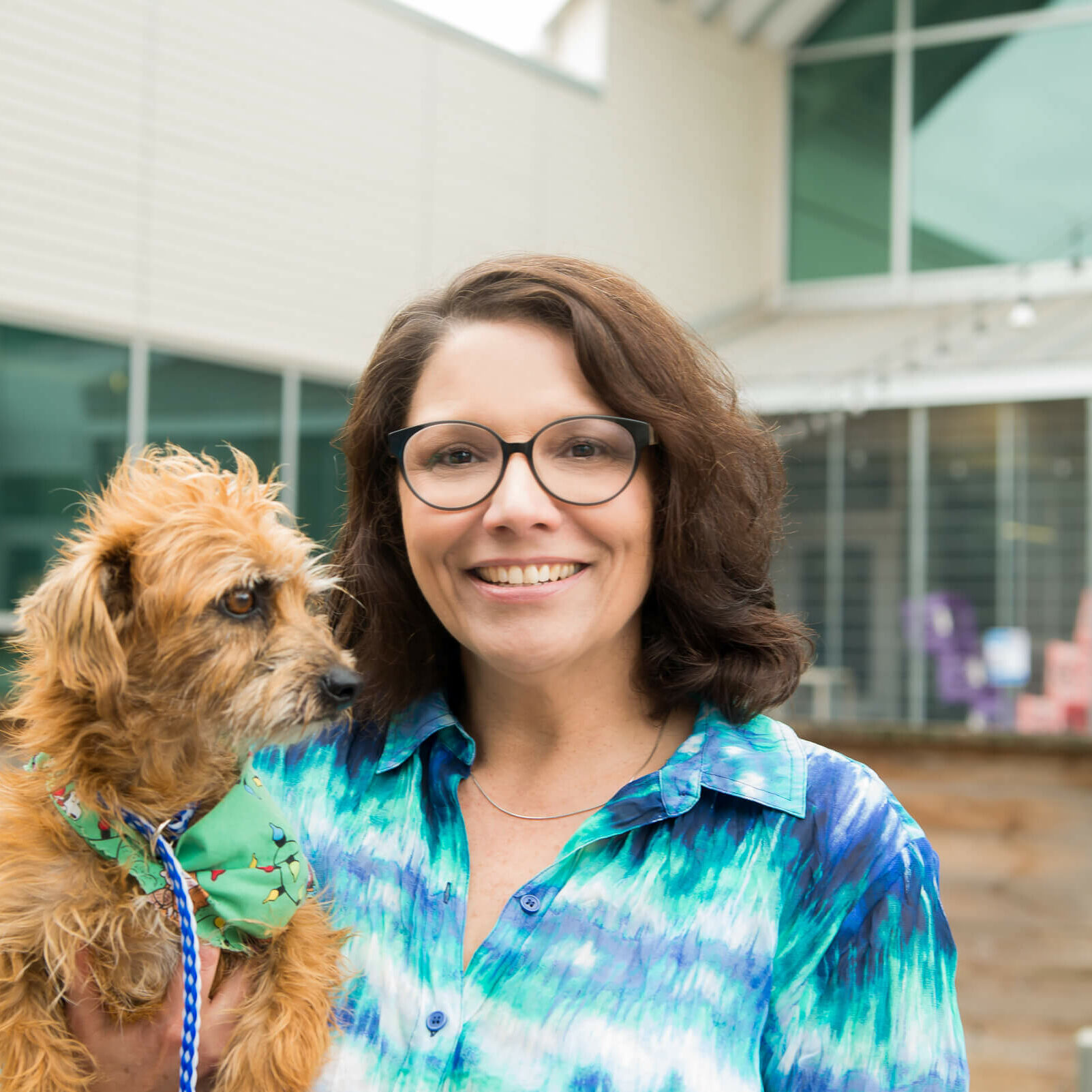Dear Cathy,
My dog, Major, is a rescue who was 18 weeks old when we got him and is almost two years old now. I fell in love with him in his cage huddled against the wall with his head up the wall. He is so sweet and gentle.
I have taken him to dog parks where he is allowed to be with other dogs, and he loves it. He gets so excited when he sees people, but as they approach, his tail goes between his legs, and he will back up and hide behind me or between my legs. Usually, I explain that he is a rescue and if they don’t go to him, he will slowly go to them and warm up. Some children understand this and, of course, some don’t. I have made two trips to Florida from New York with him. We stayed in hotels and my Mom’s apartment as well as went to restaurants, the rehab facility, and her house. He did well. He loved Mom immediately and always rested his head on her feet or lap. The walker and later oxygen tank didn’t bother him.
The problem is, he shies away from most people. I always feel so bad for him as he is so scared and wonder if there is anything else I can do that I haven’t thought about. I do know that he was most likely born in a kill shelter and rescued by a rescue group, transported from Tennessee to New York, but that’s all I know.
– Lois, N. Babylon, NY
Dear Lois,
It’s always tough having a fearful dog. You never know where you can go or what you can do to help them feel more at ease in their world.
Much of a dog’s socialization period happens before he is six months old. If a dog learns to be afraid of something during that time, they might always be fearful. But through training, they can learn to tolerate situations better. So, my suggestion is to continue providing opportunities for Major to interact with people. Ask people to toss treats towards him, so he learns that being around people means good things for him.
You also can help Major relax by asking him to sit and stay when around people. Giving dogs a task to do takes up space in their brain, which can sometimes reduce their fear and anxiety. Another thing you can try is standing or positioning yourself between him and other people. That body language lets him know he doesn’t have to be on alert for you and that you will handle anyone approaching.
Remember, just like people, some dogs may not like certain people – or certain categories of people, like young children. If he is comfortable with seniors, it’s okay for them to be in his circle of friends.
Cathy M. Rosenthal is a longtime animal advocate, children’s author, syndicated pet columnist, and pet expert with more than 30 years in the animal welfare field. Send your pet questions, stories and tips to cathy@petpundit.com. Please include your name, city, and state. You can follow her @cathymrosenthal



